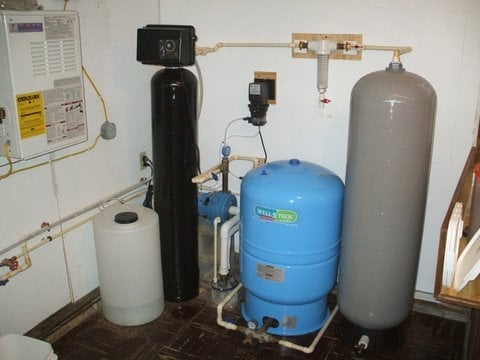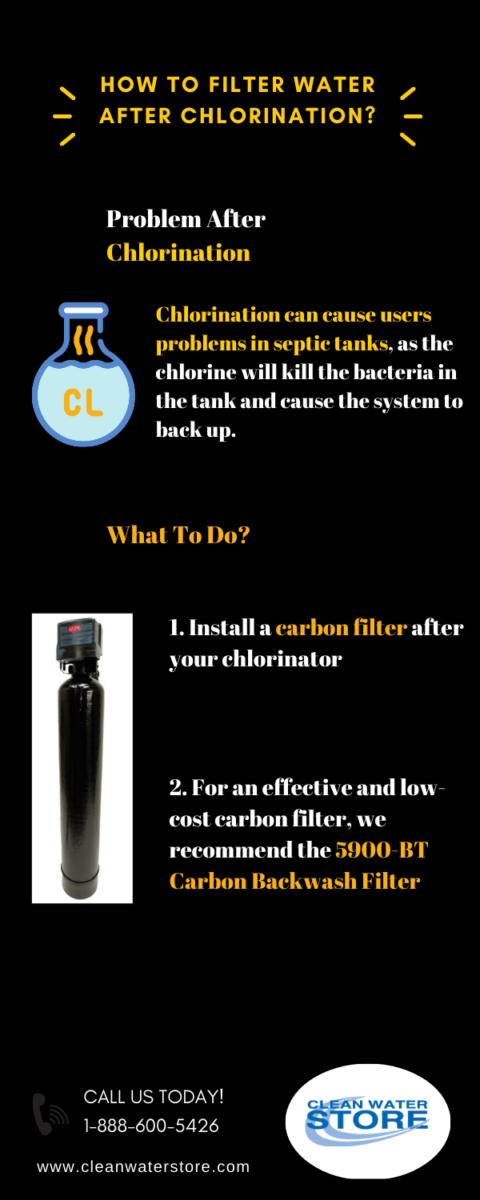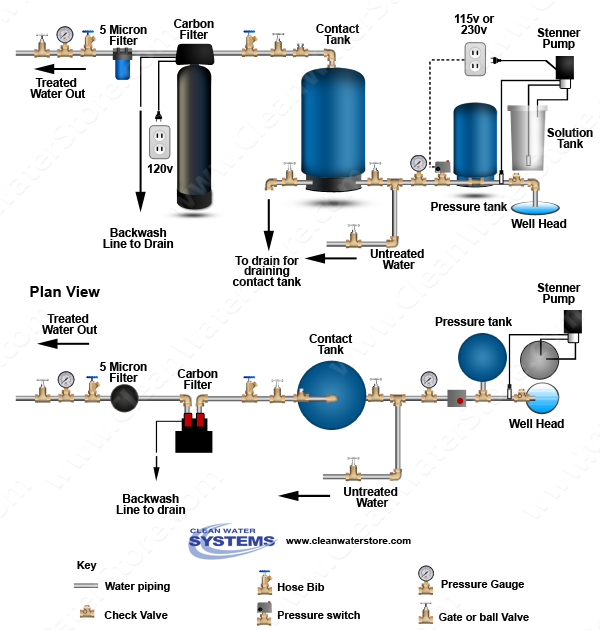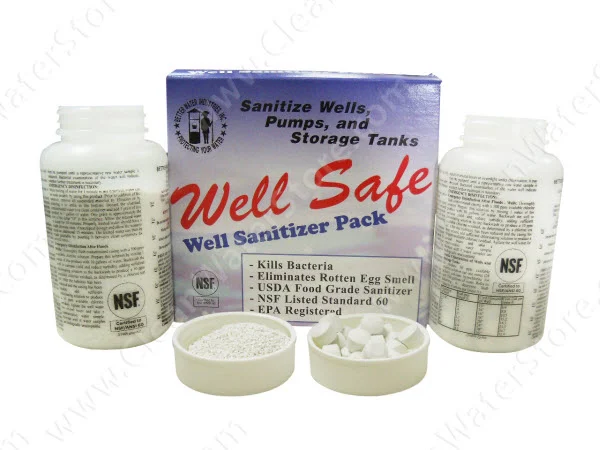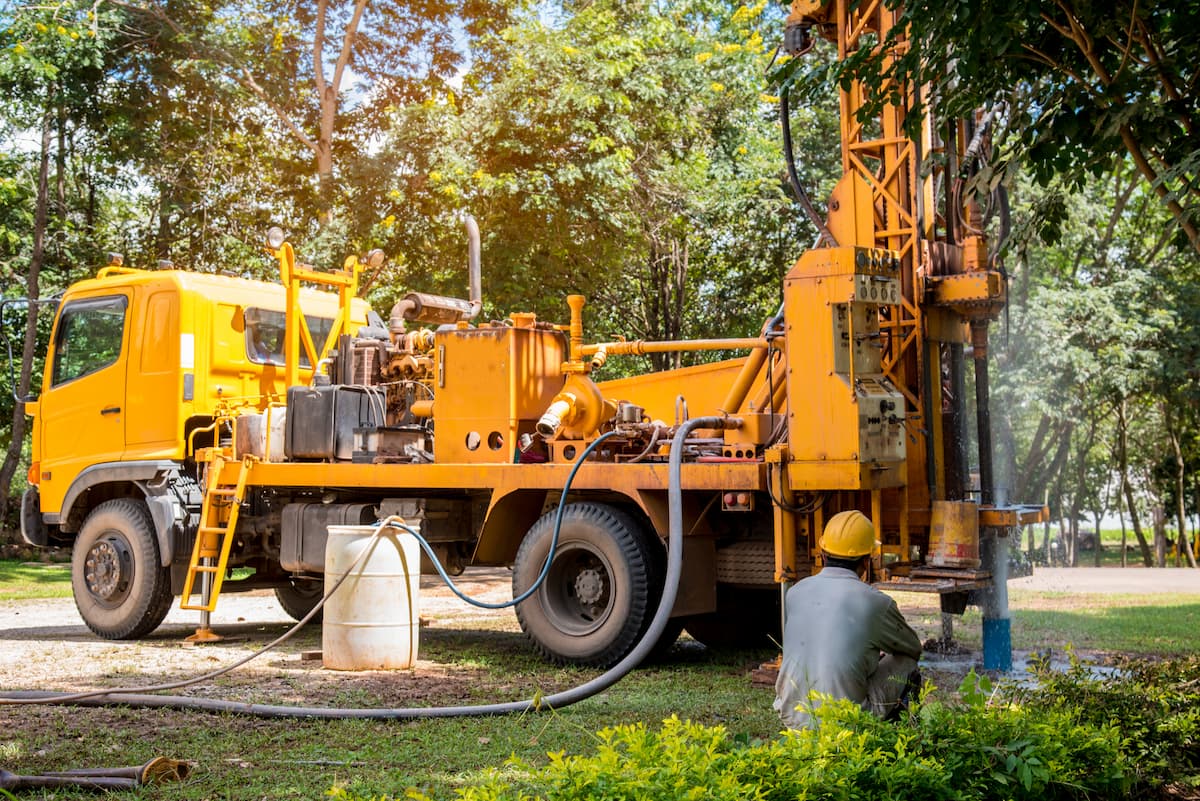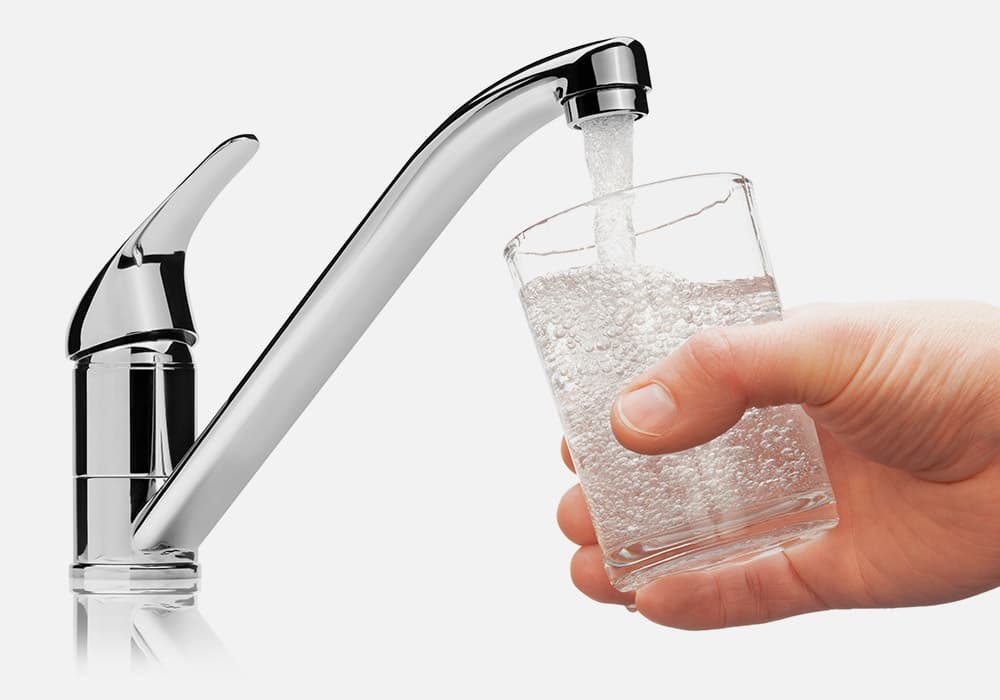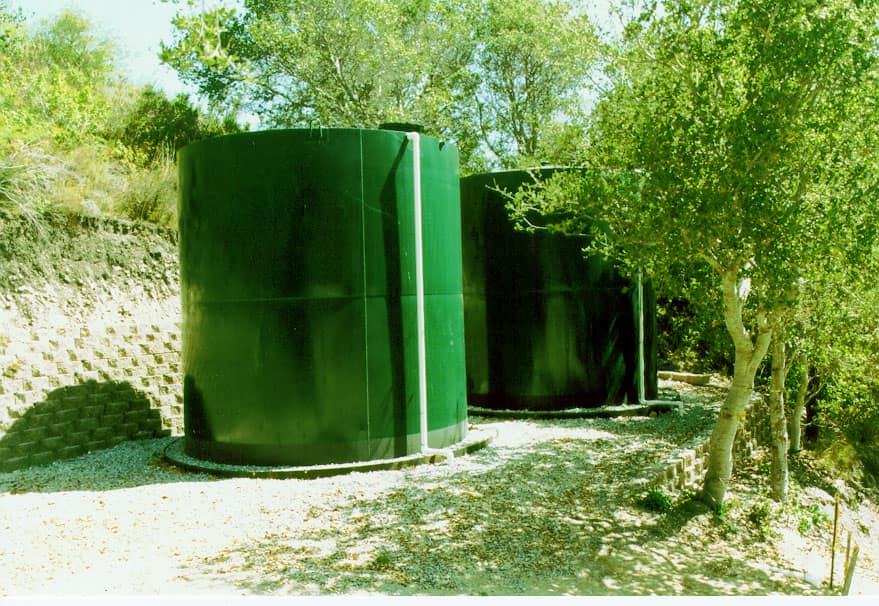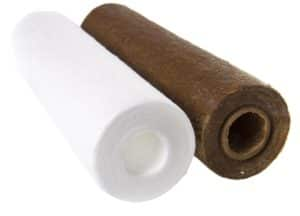How to Filter Water After Chlorination
A good question to ask is how to filter chlorine from water.
Chlorination can be a very effective treatment method for bacteria and odors and a good pre-treatment for filtering iron and manganese particles. However, the process can cause users problems in septic tanks, as the chlorine will kill the bacteria in the tank and cause the system to back up.
Besides septic tank users, many people are turned off by the idea of bathing in and drinking chlorinated water. Fortunately, there are several good methods to filter chlorine from water. It can be as easy as installing a carbon filter after your chlorinator.
How to Filter Chlorine from Water?
There are three primary chlorine/chloramine removal methods in water treatment. All filtration systems use a type of activated carbon and remove chlorine tastes and odors.
1. Carbon Cartridge Filter Systems
2. Carbon Up-flow Non-Backwashing Systems
3. Carbon Automatic Backwash Systems
Carbon Cartridge Filter Systems:
Pros: Easy to install, requires no electricity, cartridges can be changed easily, different types of filter cartridges can be used, lower upfront costs.
Cons: Not the best for well water systems. May restrict flow rate and pressure in-home, not suitable for large homes or high water use, higher cost due to frequent filter cartridge changes, the cartridge can become fouled, and bacteria can grow on the cartridge.
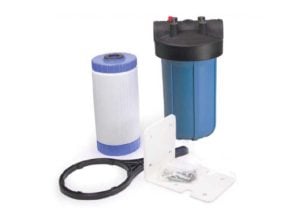
We often recommend Big Blue radial carbon filters for homeowners looking to filter their chlorine water with a cartridge filter. They are relatively inexpensive, offer great flow rates, and are very effective filters.
Chloramine Water Filtration: Carbon Up-flow Non-Backwashing Systems
Pros: No drain required, no backwash or wastewater, suitable for higher flow rates and larger homes, lower costs due to much less expensive bulk carbon used instead of filter cartridges.
Cons: Media can get fouled if sediment is present, best when used with a prefilter. Can develop tastes and odors if chlorine levels are low and Chlorine Water Filtration is not used daily.
With this type of system, water flows down a center distributor tube and up through the carbon. Carbon upflow non-backwashing methods are preferred for removing toxic chemicals (not usually found in treated municipal water) such as pesticides and herbicides.
Carbon Automatic Backwash Systems
Pros: Less pressure drop, better flow, media lasts longer. The once-a-week backwash and rinse keep the carbon filter clean and free of sediment. Carbon media is ‘reclassified,’ meaning the granular media is stirred up, exposing fresh sites on the media. The residue is removed and flushed out to drain.
Cons: Needs to be connected to a drain (although in some cases, the backwash water can be run outside and used to water plants). Upfront costs are a little higher than upflow or cartridge types.
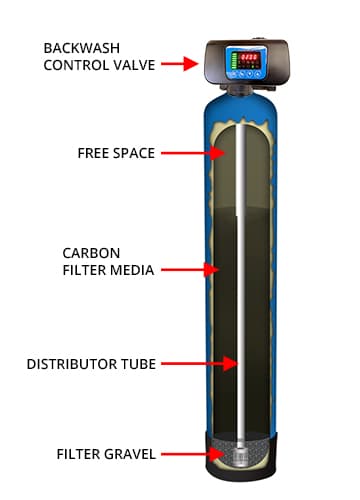
In a downflow backwashing filter, water flows through the top of the tank, down through the media from top to bottom, and back up the distributor tube.
However, during the backwash cycle, water flow is reversed, and water flows down the distributor tube and up through the media to lift, expand, and clean it.
The carbon media inside the filter will remove the chlorine from your water along with any unwanted tastes and smells that it may bring, while sediment and rust will be trapped and then flushed during the filter’s backwash cycle.
Because this backwash cycle can be programmed to run automatically after a certain amount of gallons of water used or days elapsed, carbon backwash filters require very little maintenance: about all you’ll have to do is remember to change the filter media inside every 4 to 5 years.
Due to its high absorption rate, carbon can remove high levels of chlorine from water very effectively. A low-cost, low-maintenance method of filtering with carbon is to use a carbon backwash filter.
These filters will de-chlorinate the water throughout your house and save you money on expensive cartridge filters that can also cause pressure loss through your line. In other words, no cartridges mean no pressure loss, no maintenance, and no money spent on replacements.
For an effective and low-cost carbon filter, we recommend the 5900-BT Carbon Backwash Filter. This filter uses coconut shell-activated carbon media.
Moreover, it can filter many contaminants, including chlorine, hydrogen peroxide, hydrogen sulfide, and other odors that may occur naturally in well water systems.
This filter also comes with an automatic backwashing valve that can meter your water usage and backwash after a certain amount of time or gallons of water used. Finally, this system is under excellent warranty: 7 years for the control valve and ten years for the tank.
(Click here to read more about how to Filter Water After Chlorination.)
See the diagram below for an illustration of how to filter chlorine from water with a simple carbon filter. This is installed in conjunction with a chlorination system:
For any further questions, e-mail us at [email protected] or contact us on Facebook – we're here to help!

